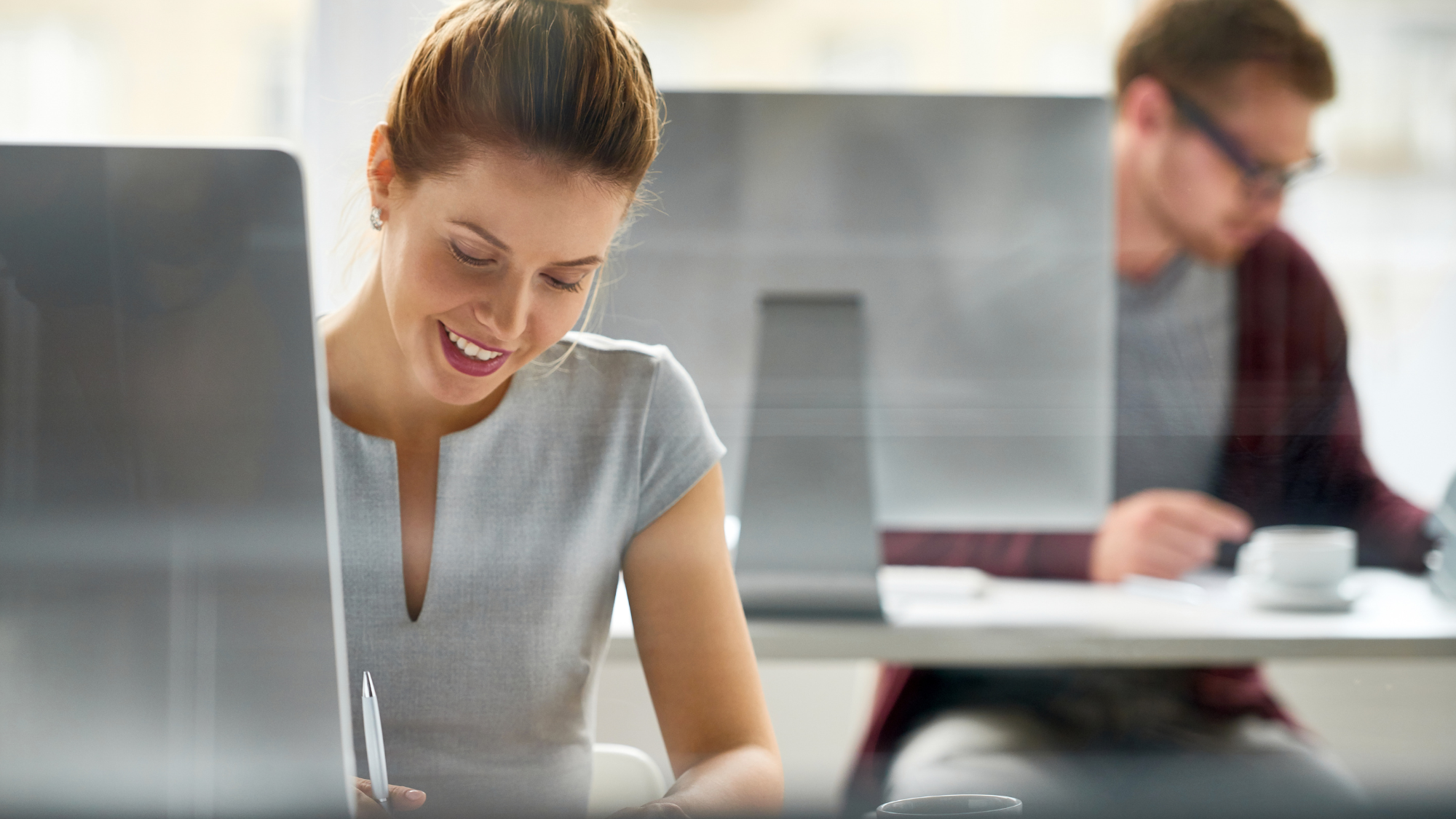There is nothing more frustrating than an underperforming transfer agent. Errors, omissions, delays and miscommunications cause investor dissatisfaction, advisor frustration, missed deadlines – all the problems you hoped to avoid by outsourcing back-office processes. Switching transfer agents is sometimes necessary but many managers are daunted by the prospect of a conversion of investor and historical data to the system of a new transfer agent. They need not be.
Although a transfer agent conversion is an intricate process it doesn’t need to be a disruptive one. If you need a new transfer agent you should not let the conversion process keep you from making the switch. The heavy lifting is all on the side of the new transfer agent. The bottom line is this: it takes some time, it does cost something, but it’s not hard and it’s worth it.
Here is an overview of the process of converting your essential data to the system of a new transfer agent.
1. Initial Import
First your current transfer agent will send a set of conversion files exported from their shareholder database for import into the database of the new transfer agent. These will be data files (such as CSVs) each representing a data point in the transfer agent database:
- Investor profile information
- Contact information for the investors
- Investment registration information (investment ownership type)
- Positions
- Historical transactions, such as:
- Purchases
- Distributions
- Commissions
- Redemptions
2. Mapping & Programming
The new transfer agent establishes file layouts designating the position of each data point in each field in their shareholder management system. There will be considerations of character limits, naming conventions and uniformity of the data but largely this a straightforward process of mapping line numbers to fields in the new shareholder database.
At this point there may be mapping questions for the client. ‘What’s this field for?’ ‘Is this data relevant for the user, for internal use or something else?’ Based on the answers the new transfer agent will decide if existing fields in their shareholder database can be used for this data or whether fields need to be added to the system to accomplish the purpose of the data for the client.
3. Testing & Validation
Next, a second set of data files is sent from the old transfer agent. This is the same set of data as before only up-to-date. During the mapping process so far, new business and changes to the transfer agent data have continued to come into the old shareholder database. The complete set of current transfer agent data is imported, overwriting the previous import to reflect all changes. This process tests the import and mapping procedure of the new transfer agent. The results are reviewed with you (the client). The new transfer agent will make any refinements necessary to the mapping and importing process and write any additional code that is necessary.
A close examination of the data at this point by the new transfer agent will reveal any remaining irregularities. For example, if an investment registration is set up as an IRA investment but there is no third party custodian referenced, something has been missed. At this stage the experience of the new transfer agent really comes to bear. Any necessary adjustments or revisions are implemented by the new transfer agent to address any irregularities.
4. Go Live
A final date for conversion is chosen and a third and final set of data is delivered from the old transfer agent for import into the new shareholder database – overwriting both previous imports. At this point, all inputs stop on the old shareholder database. No additional new investments or changes are entered in the old shareholder database. The import of the third data set is usually scheduled for a Friday. The data is loaded, reviewed and approved over the weekend. On Monday, the client goes live with the new transfer agent. All new business input and changes remain on hold until the client gives final approval of the data in the new shareholder database. Data input then resumes with the new transfer agent.
A transfer agent conversion typically takes a total of three to four months.
Day-to-day business proceeds as usual in the system of the old transfer agent until the Friday of the last data import. On Monday begins a new and better normal. The only active role the fund sponsor plays is informing the selling group members, the custodians and the investors of the change of transfer agent and the date of the transition.

What Really Matters
- Timeliness of communication by both the old and new transfer agents and the client is important to the smoothness of a transfer agent conversion.
- The new transfer agent knowing the process intimately and often their ability to walk the old transfer agent through the process is important.
- The second and third data set imports are critical to an efficient conversion. It takes experience for a transfer agent to recognize their value and deploy them correctly.
Some Considerations
- The complicating factor of a transfer agent conversion is the transaction history and how far back the history goes. Number of investors, investments or any current data are not significant challenges for a transfer agent conversion.
- It is possible to save on costs by converting only the current state of investor data to the new shareholder database without converting historical transaction data. However, a 1099 fund that issues 1099 B’s makes this problematic. Referring to historical data archived outside the shareholder database is difficult and time consuming. For this reason, tax season becomes difficult, as well as every succeeding tax season following the transfer agent conversion.
- Data quality is essential to a conversion. Uniformity of field entries, consistency of abbreviations and naming conventions and the readability of the format of the old transfer agent’s data set is critical.
The process of converting to a new transfer agent is dreaded more than it deserves to be. It is an intricate but straightforward process of mapping and importing data based on established processes but relying on the experience of the new transfer agent. The client is involved only to the extent of approving the progress at three stages in the conversion. Compared to continuing to suffer the frustrations of an underperforming transfer agent for the life of a fund offering, the process of converting to a new provider that can effectively support the fund and management’s goals is well worth while.




